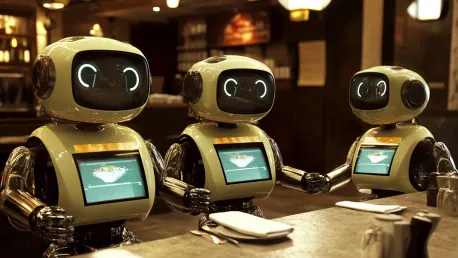
In a strategic move showcasing their commitment to the future of AI and robotics, LG Electronics is significantly increasing its investment in the California-based startup, Bear Robotics, known for developing AI-powered server robots specialized for the restaurant industry. By acquiring an
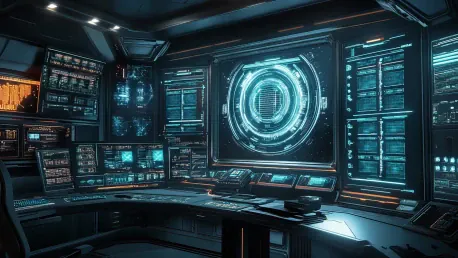
The recent surge in artificial intelligence (AI) investments and initiatives spearheaded by the U.S. government signifies a strategic effort to maintain technological supremacy and bolster economic growth. Among the most significant of these initiatives is the $500 billion Stargate AI
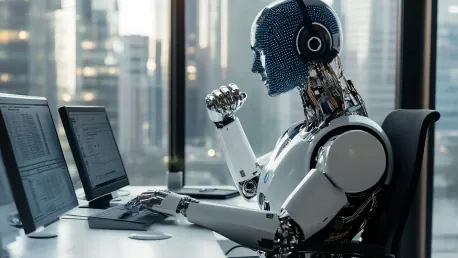
The advent of Artificial Intelligence (AI) has significantly transformed the field of accounting, progressing from the automation of fundamental tasks to sophisticated systems that can handle complex financial decision-making processes. Contemporary advancements in AI, particularly in machine
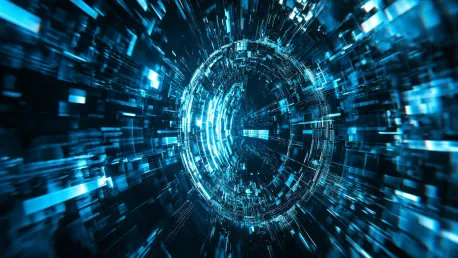
Generative AI is at the forefront of technological advancements, significantly transforming several industries and the overall work landscape. This technology distinguishes itself from traditional AI by generating new content such as text, images, and code rather than merely classifying or
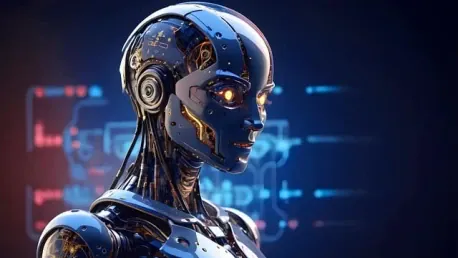
China has embarked on an ambitious journey to lead the global advance in artificial intelligence and robotics with the inauguration of its first heterogeneous humanoid robot training base in Shanghai. Named the Humanoid Robot Kylin Training Ground, this state-of-the-art facility is managed by the

The journey into artificial intelligence (AI) often begins with developers applying basic models to unorganized datasets, quickly realizing that the absence of coherent data makes deriving meaningful insights difficult. No matter how sophisticated the algorithm, well-structured data is